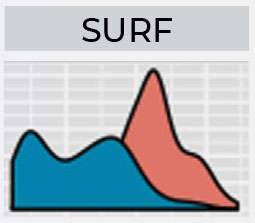By Samantha Springer, a research assistant at the Center for Statistics and Applications in Forensic Evidence (CSAFE)
On June 8, 2022, the Organization of Scientific Area Committees for Forensic Science’s (OSAC) Footwear & Tire Subcommittee published a current practice document for footwear and tire examination.
The 37-page document consists of multiple process maps that cover a range of practices in the field of footwear and tire examination, including casts, gel lifts, known and unknown assessments, and different types of substrates with or without the presence of blood. Additionally, the flowcharts cover administrative processes such as verification and reporting, technical assessments, and administrative assessments.
The current practice document defines its purpose as five-fold:
- help improve efficiencies while reducing errors,
- highlight gaps where further research or standardization would be beneficial,
- assist with training new examiners,
- develop specific laboratory policies, and
- identify best practices.
The document represents current practices instead of best practices and therefore does not necessarily endorse all the methodologies shown in the multiple process maps to ensure practitioners can find the process their lab uses. According to an article published by the National Institute of Standards and Technology (NIST), David Kanaris, Chair of the OSAC subcommittee, plans to release a more interactive version of the document in the future.
NIST facilitated the development of this process map through a collaboration between the NIST Forensic Science Program and OSAC’s Footwear & Tire Subcommittee.
Other OSAC subcommittees have released their process maps for other forensic science areas, including speaker recognition, DNA, friction ridge examinations, and firearms examinations.
CSAFE researchers Alicia Carriquiry, CSAFE director, and Jacqueline Speir, an associate professor at West Virginia University, are members of the OSAC Footwear & Tire Subcommittee.
Learn more about CSAFE’s work on footwear impression analysis at https://forensicstats.org/footwear/.
















